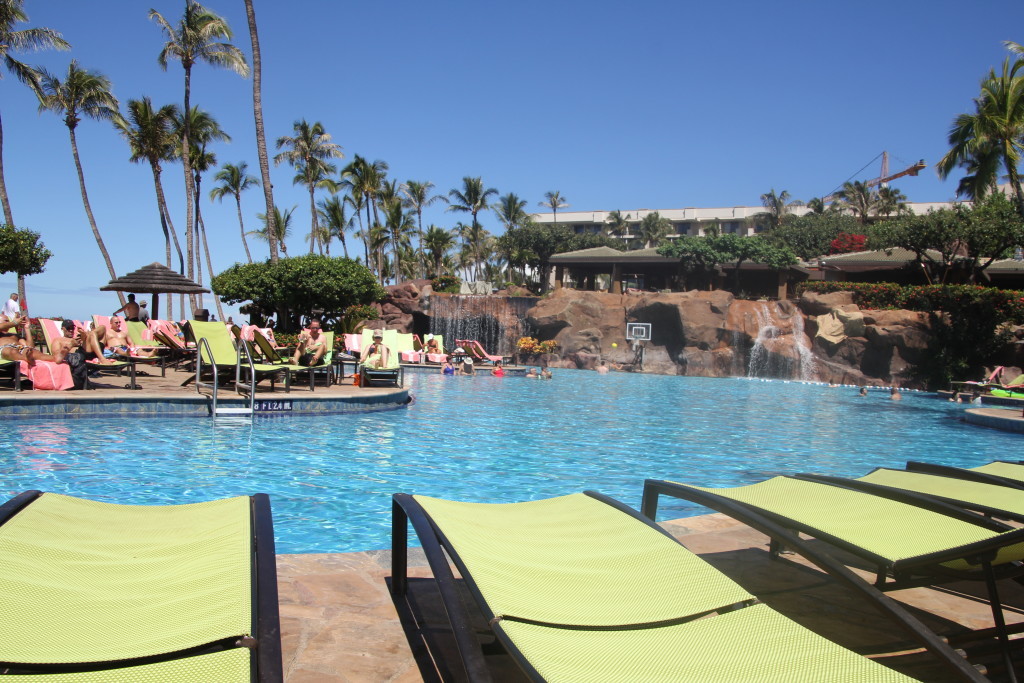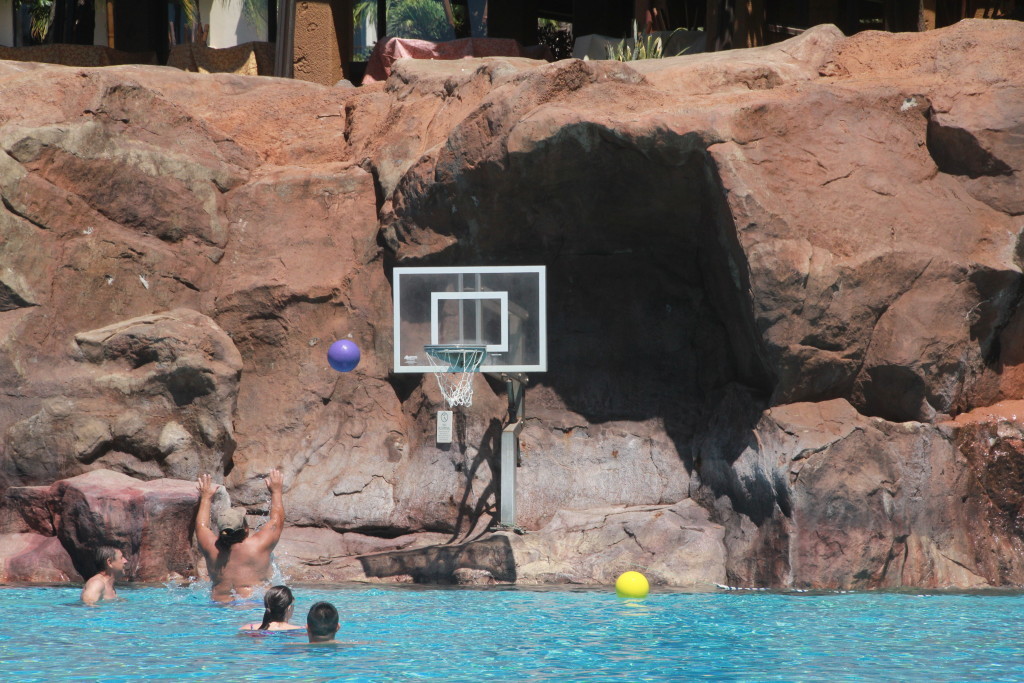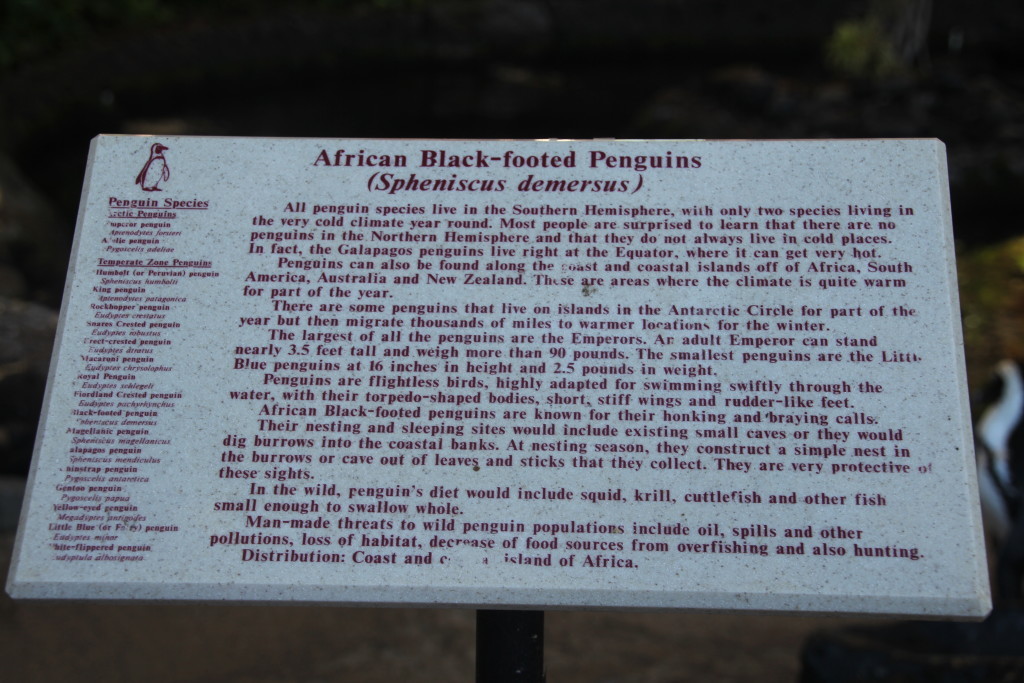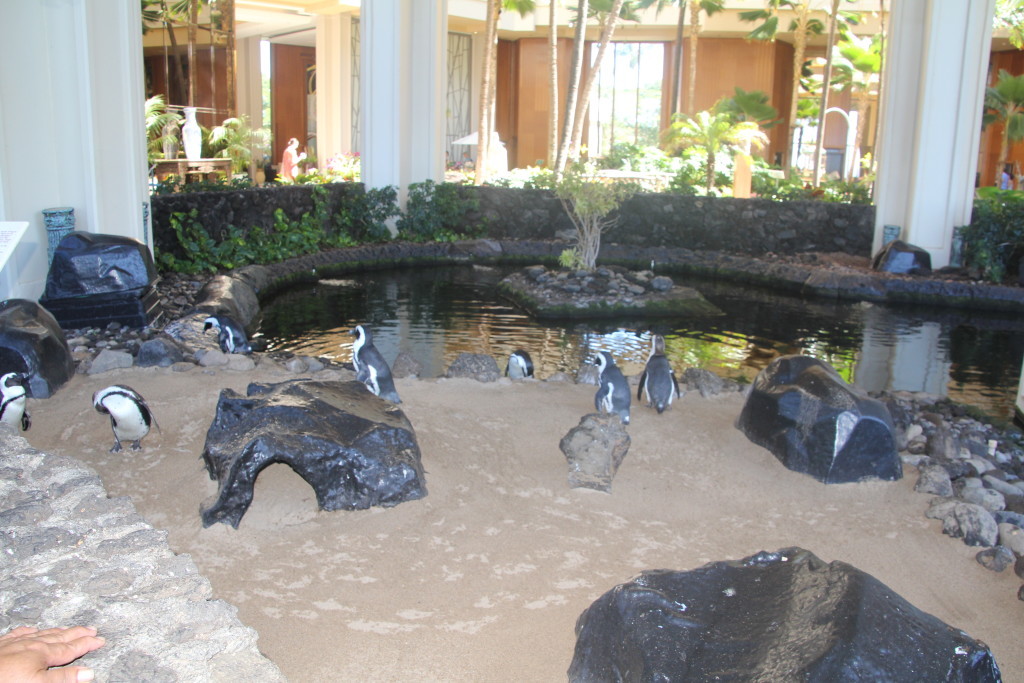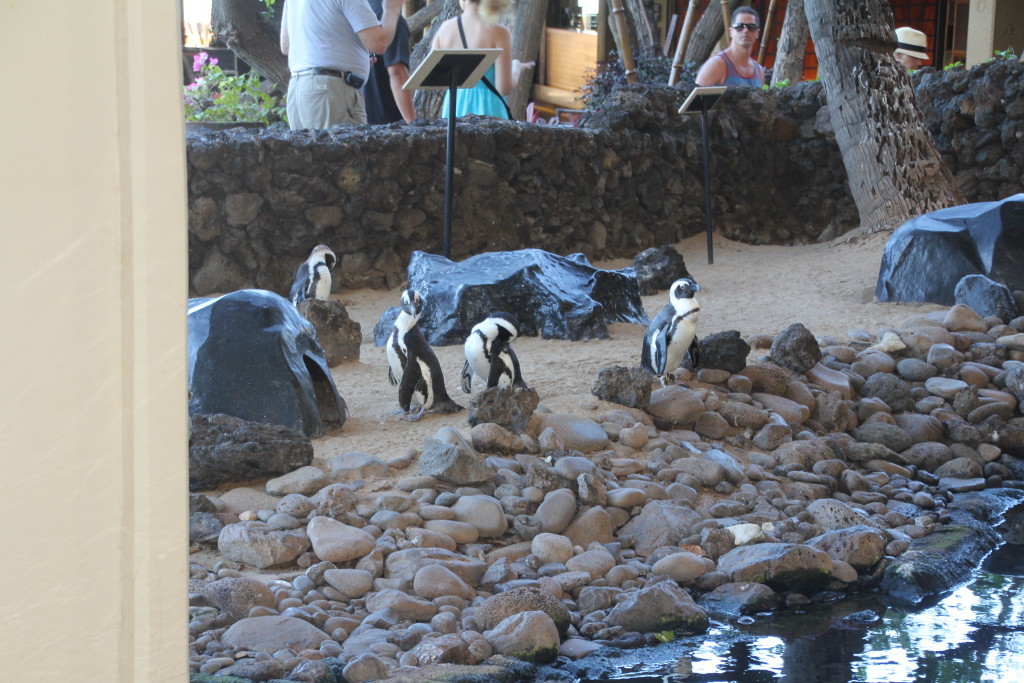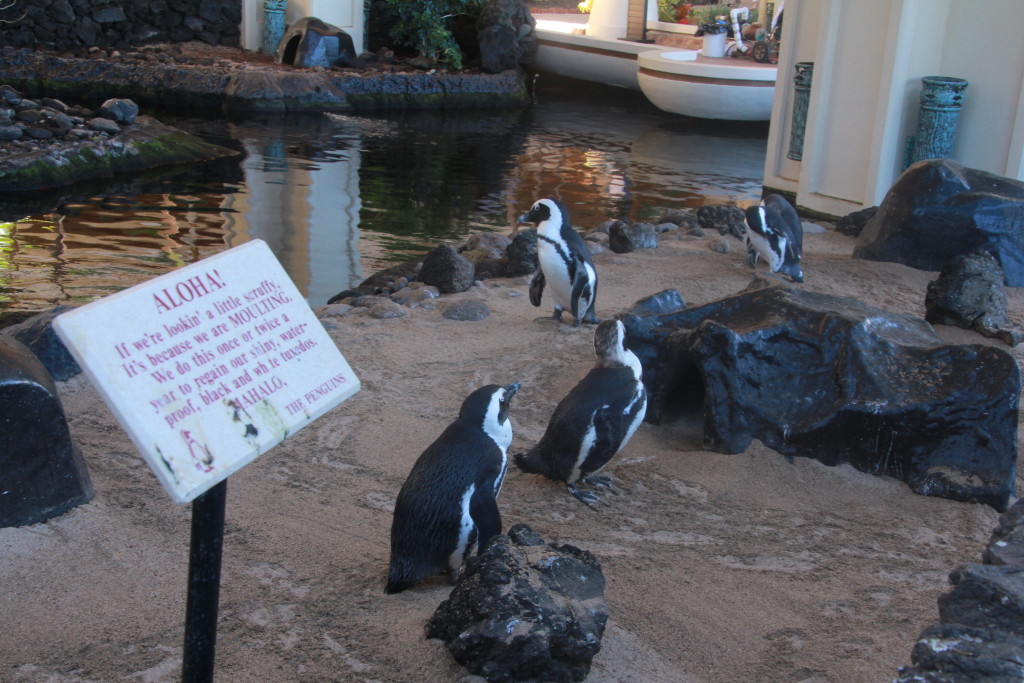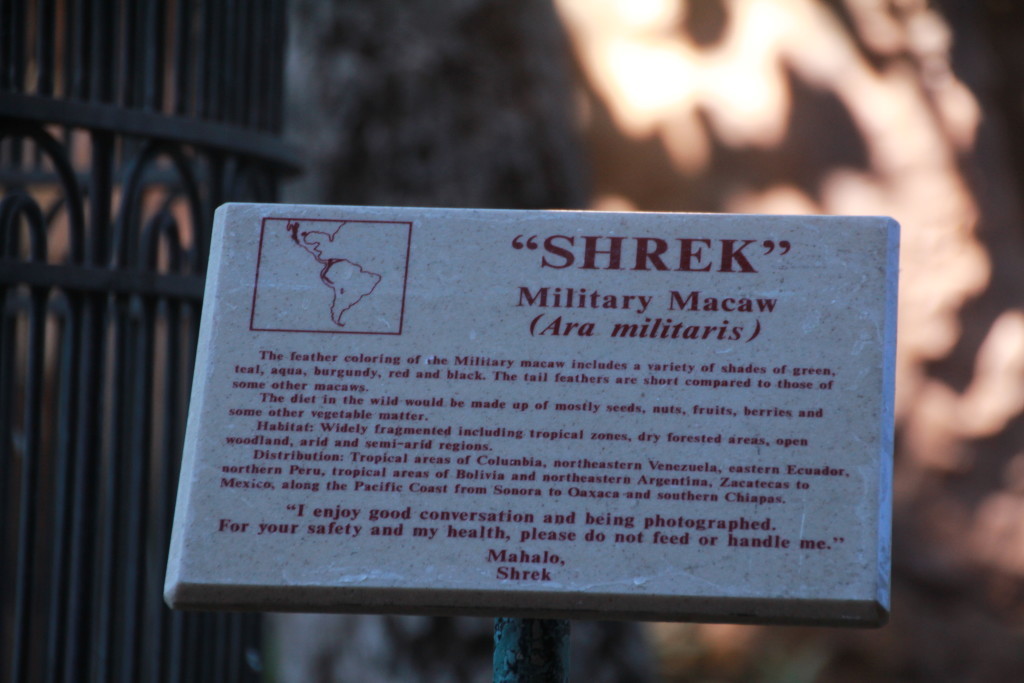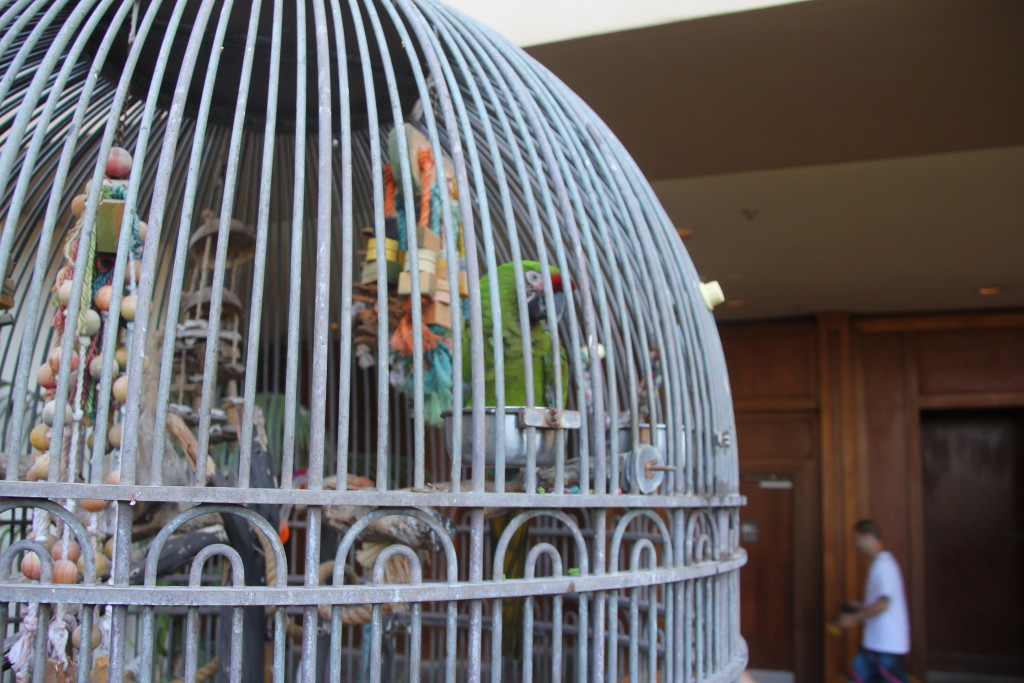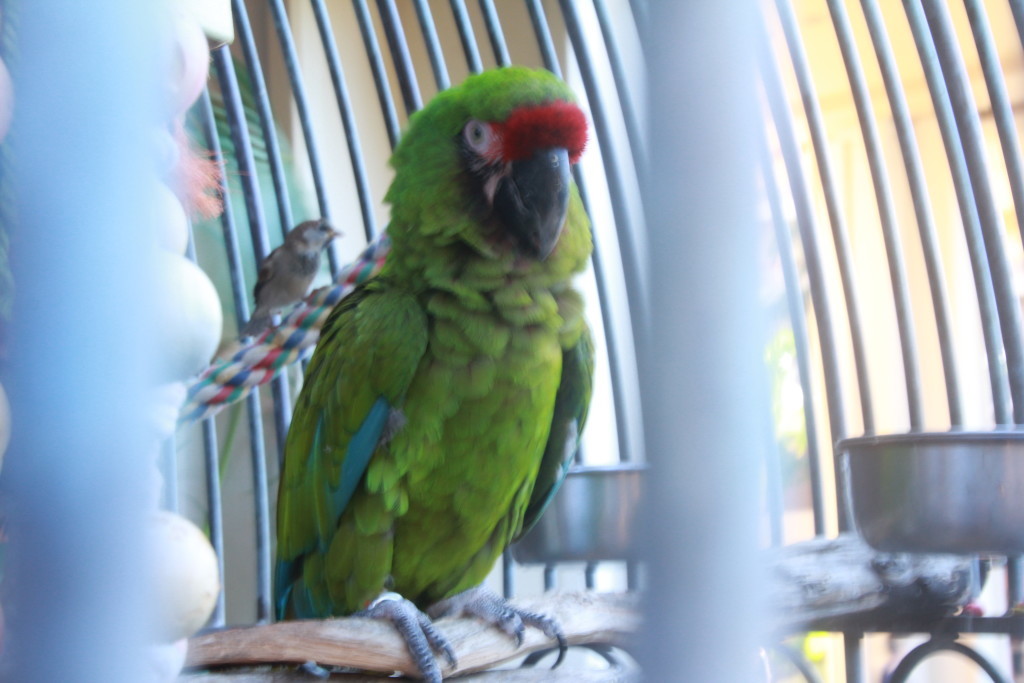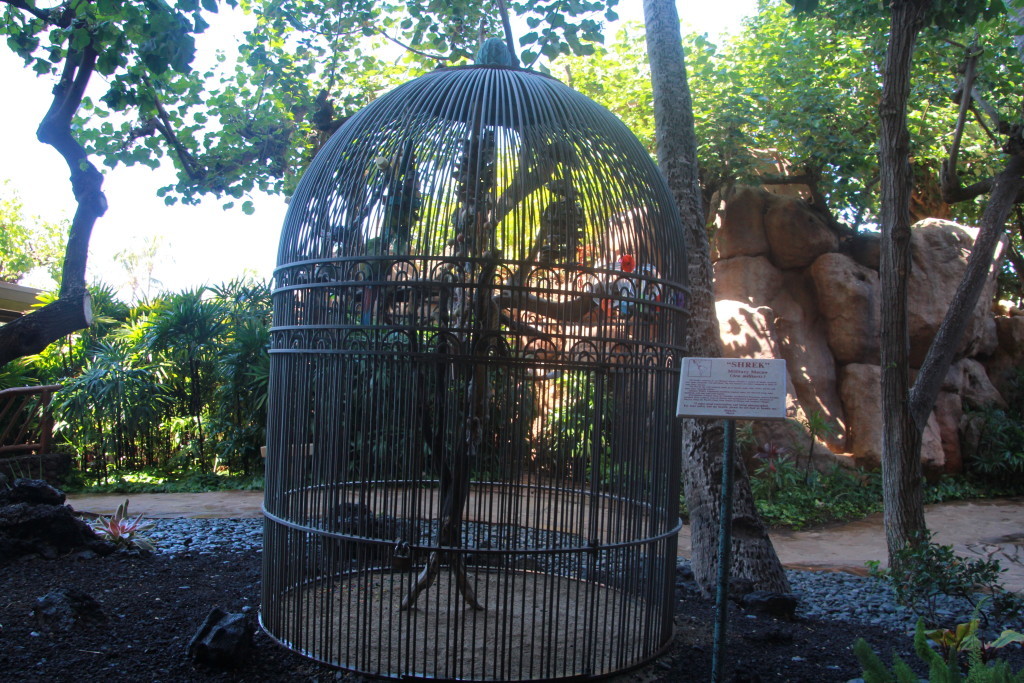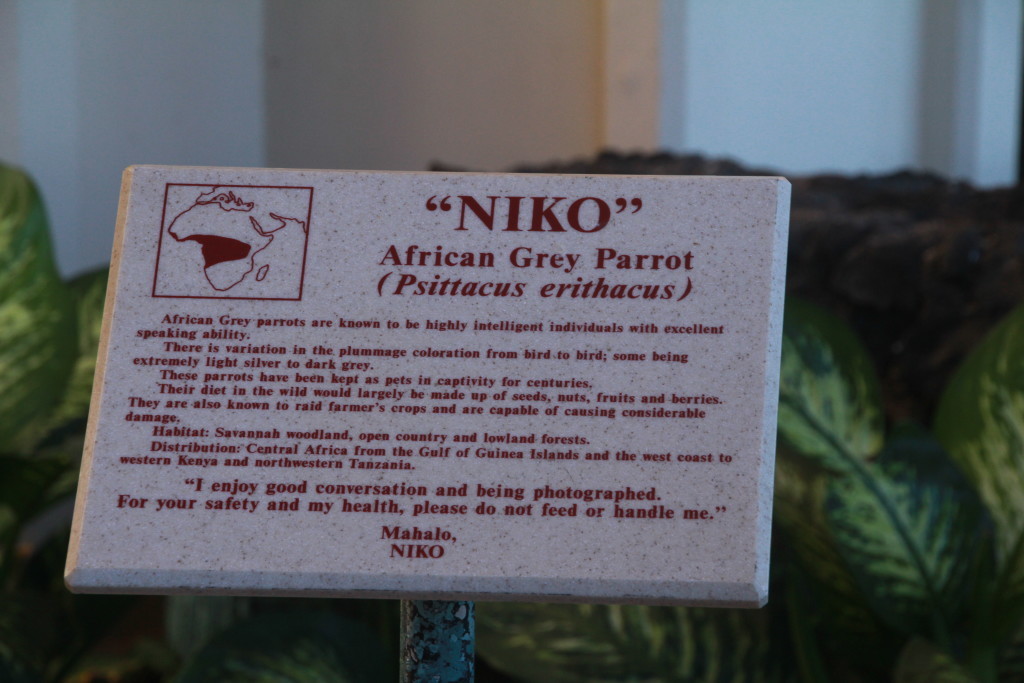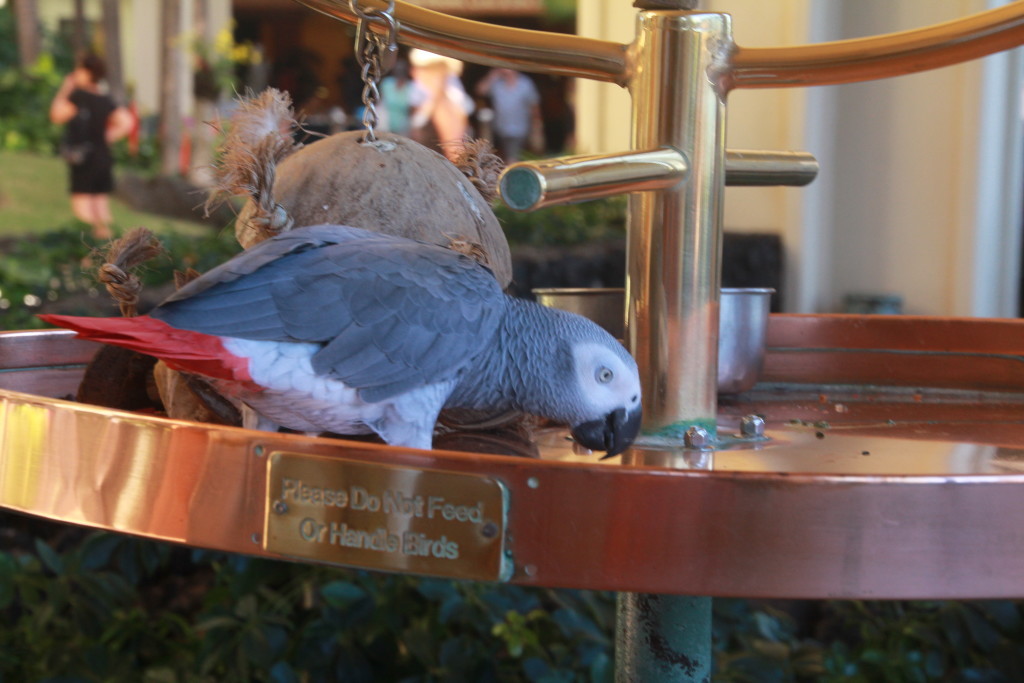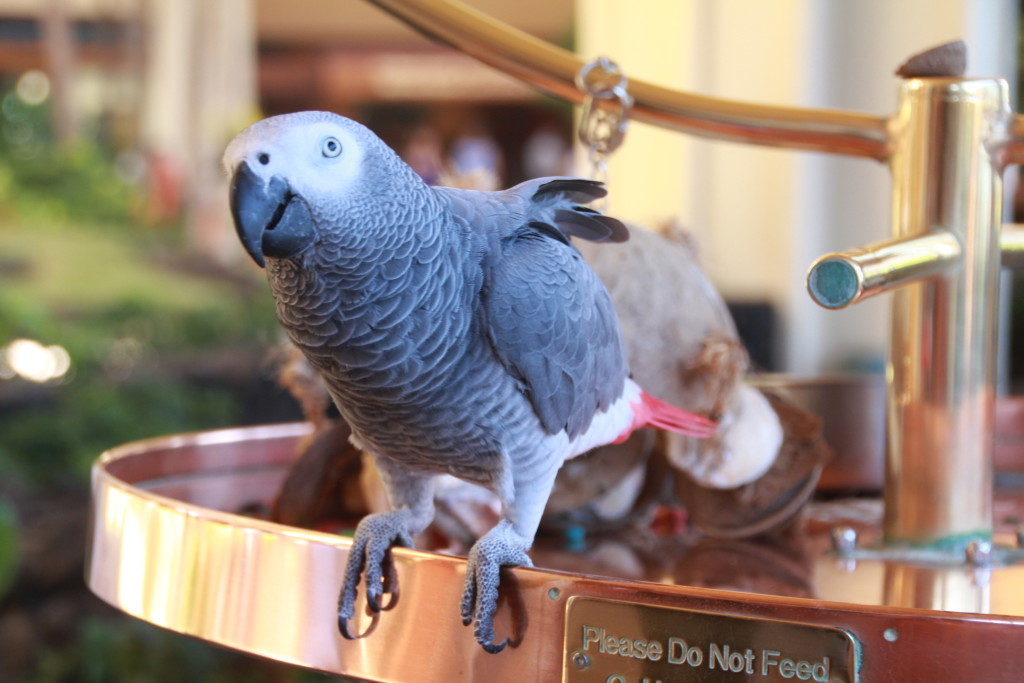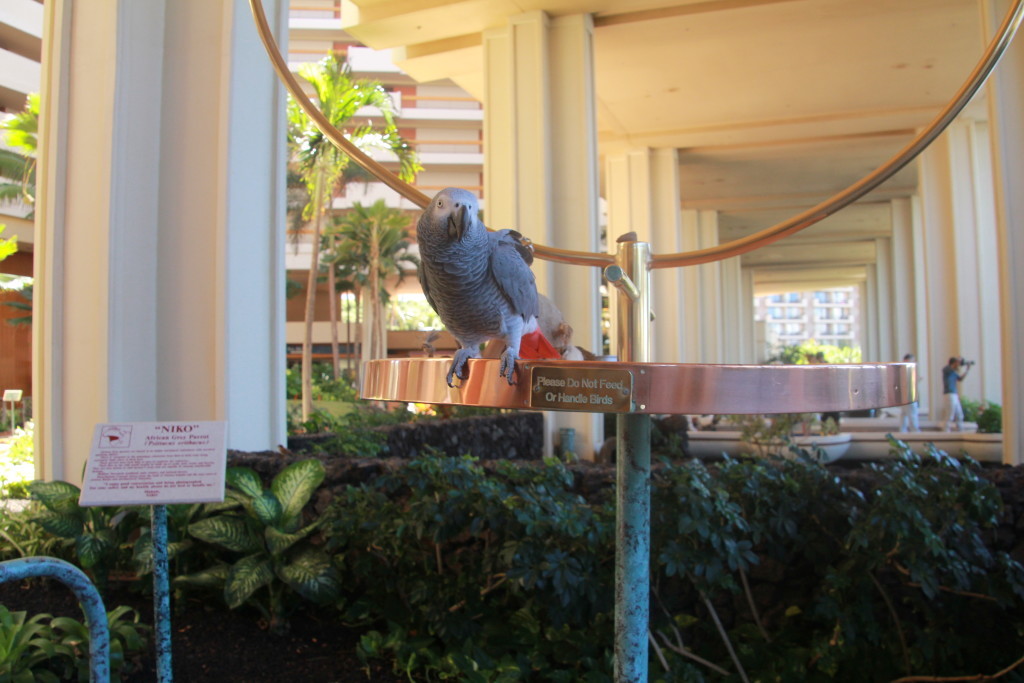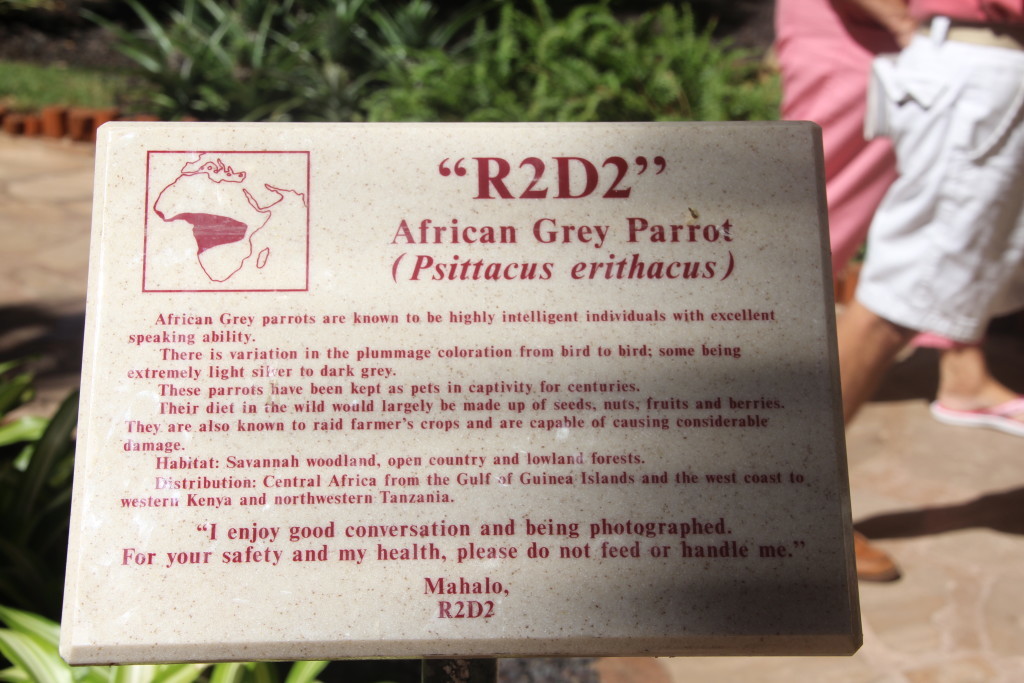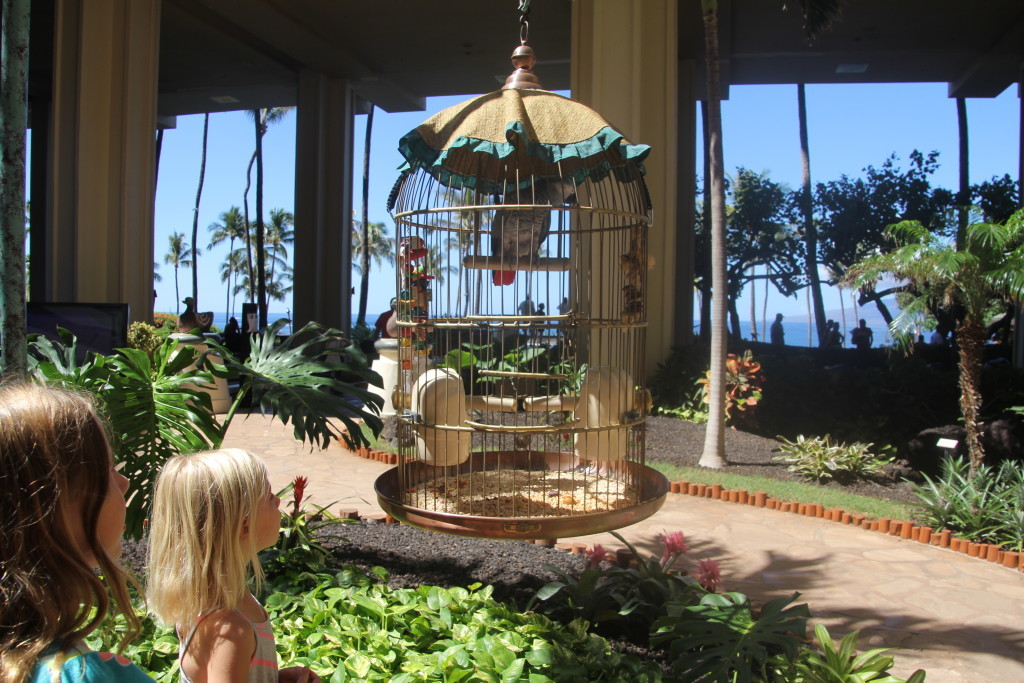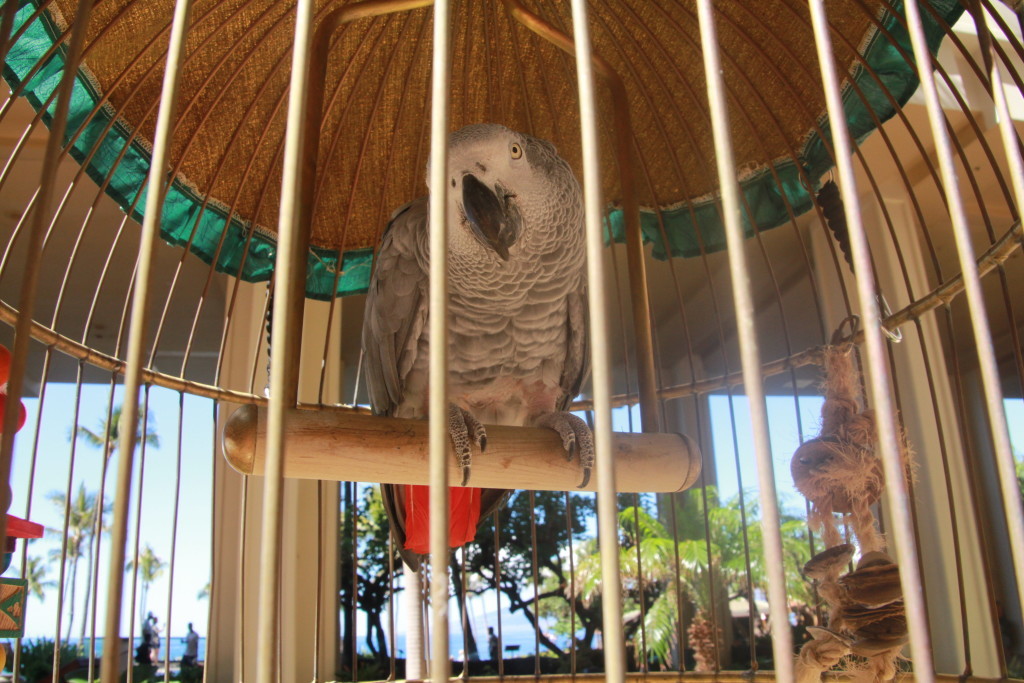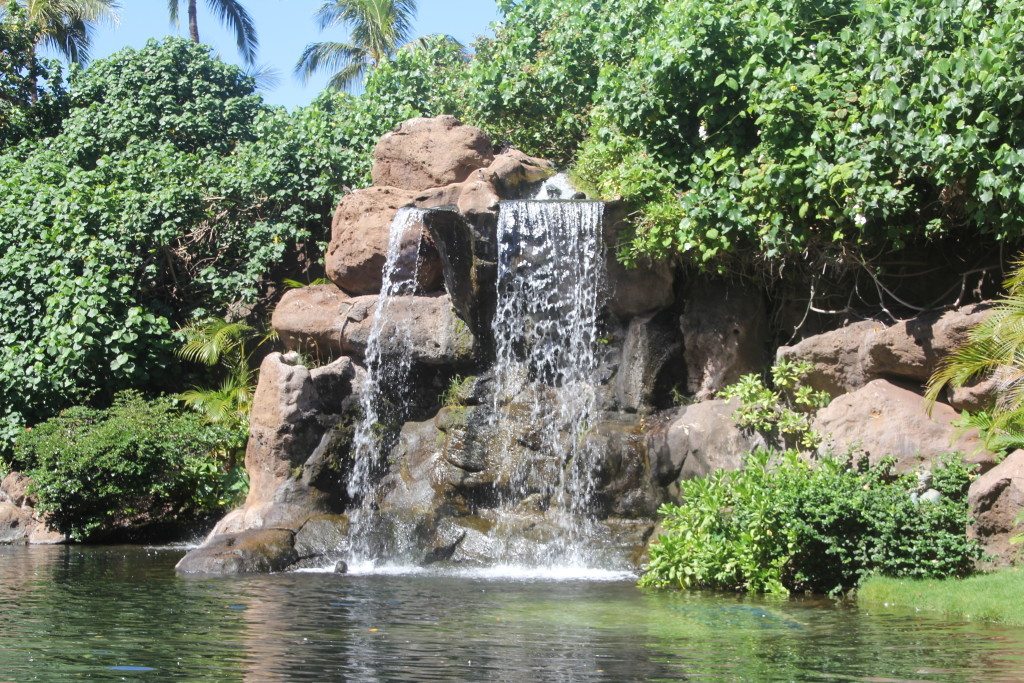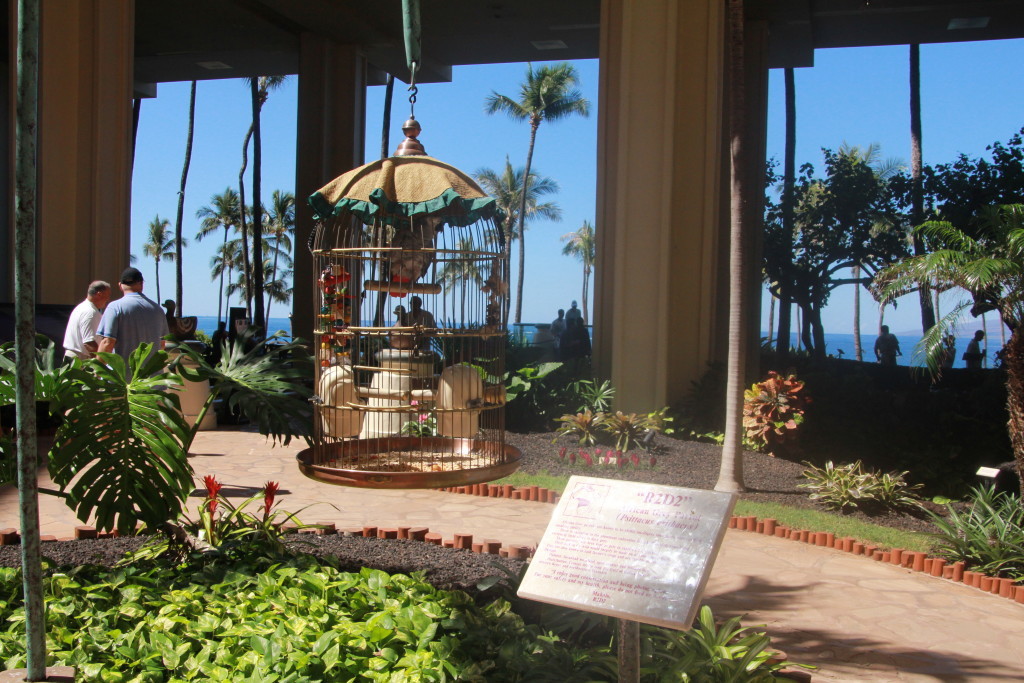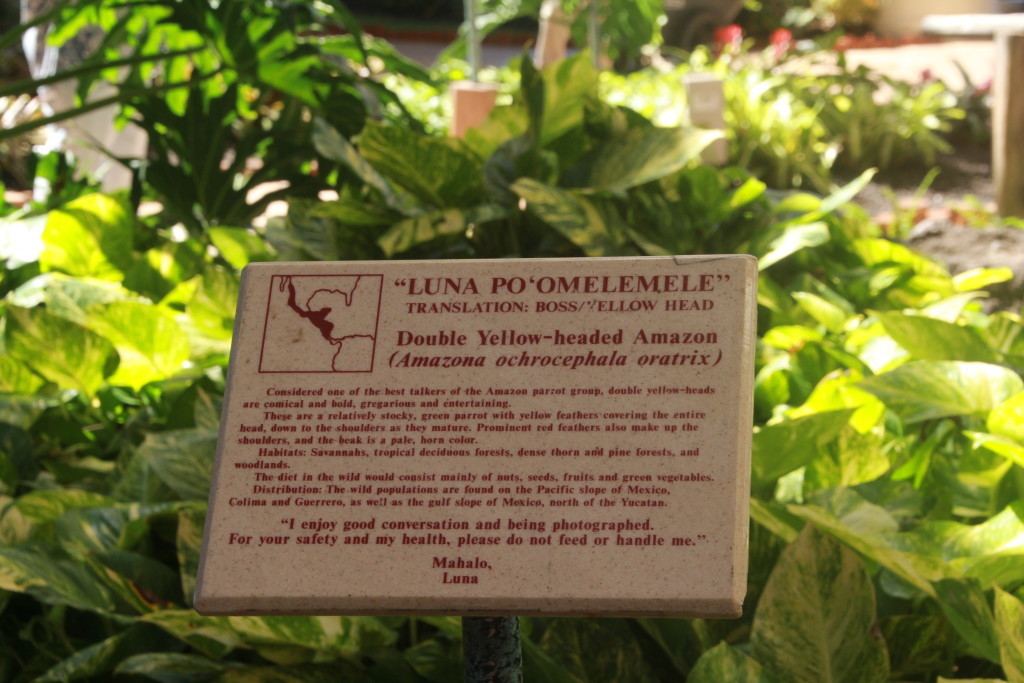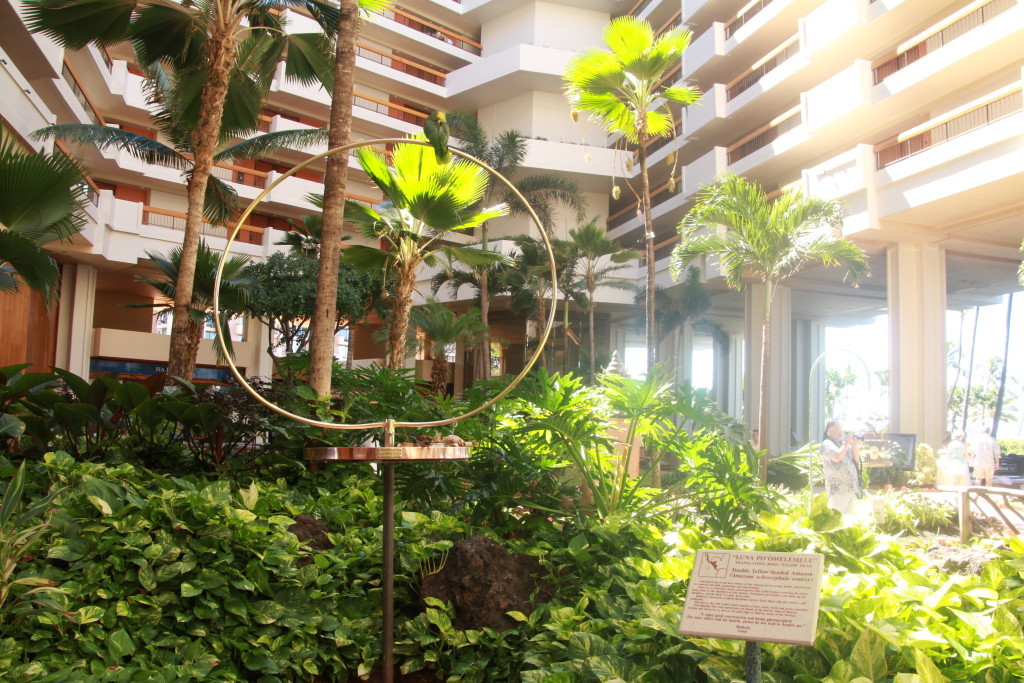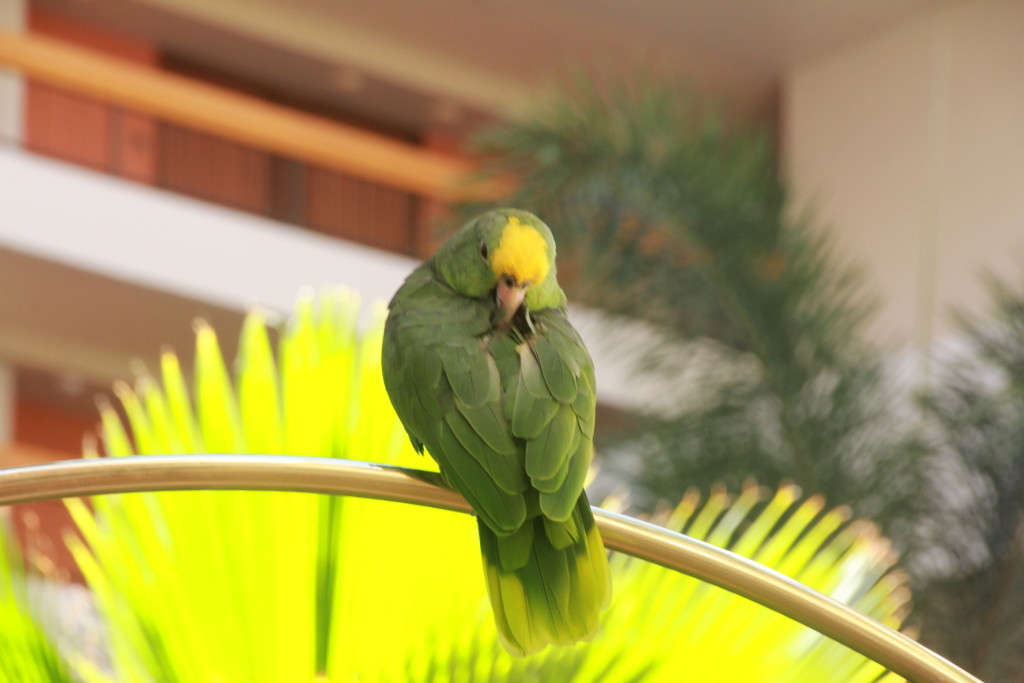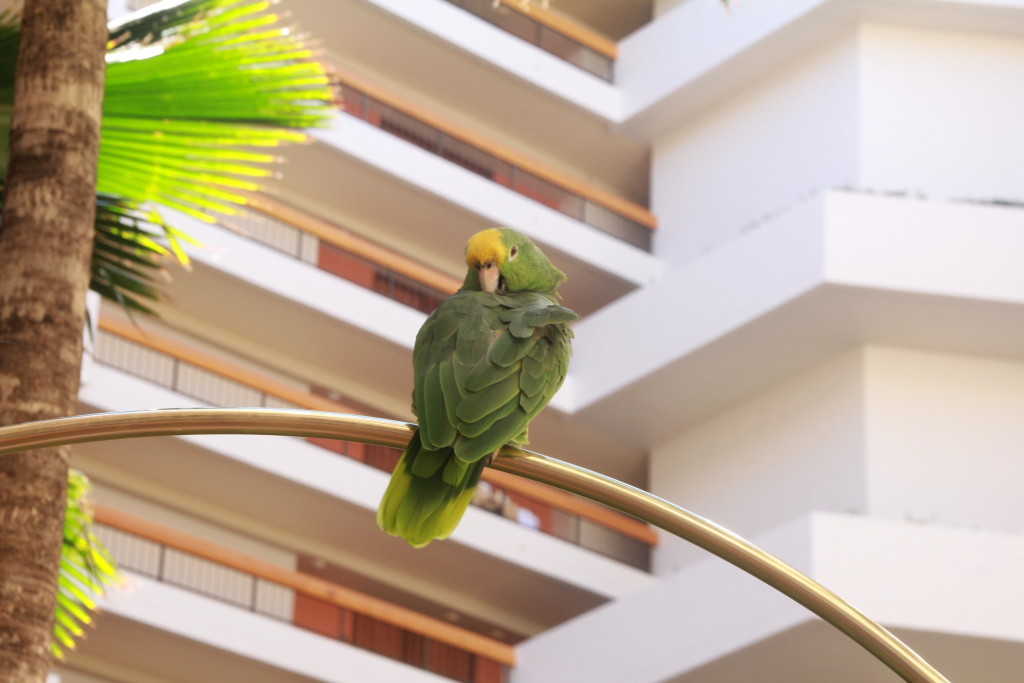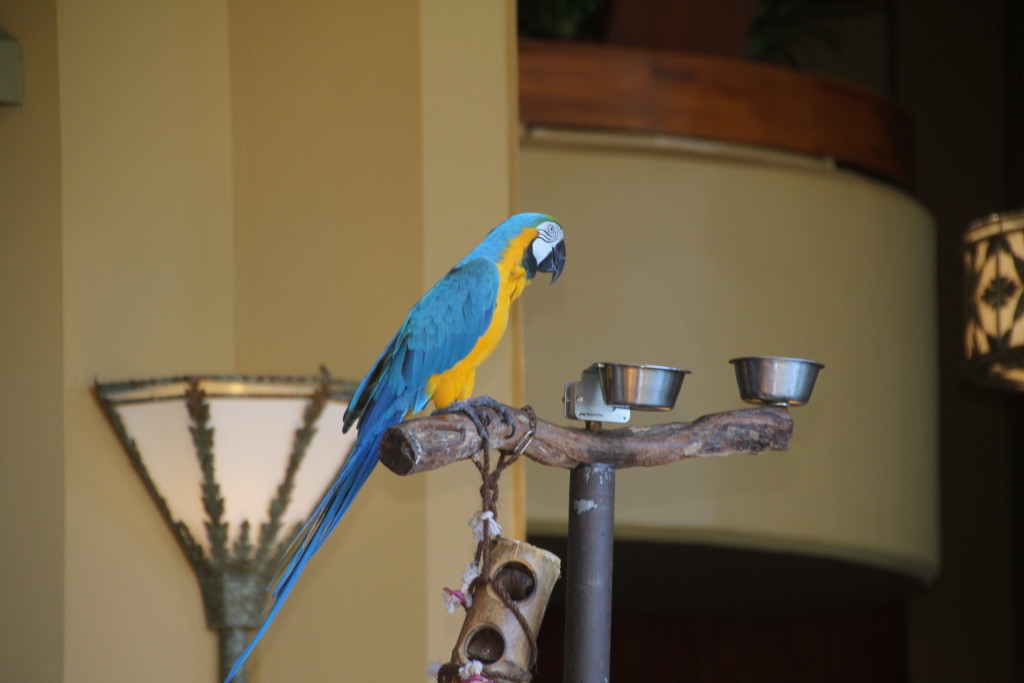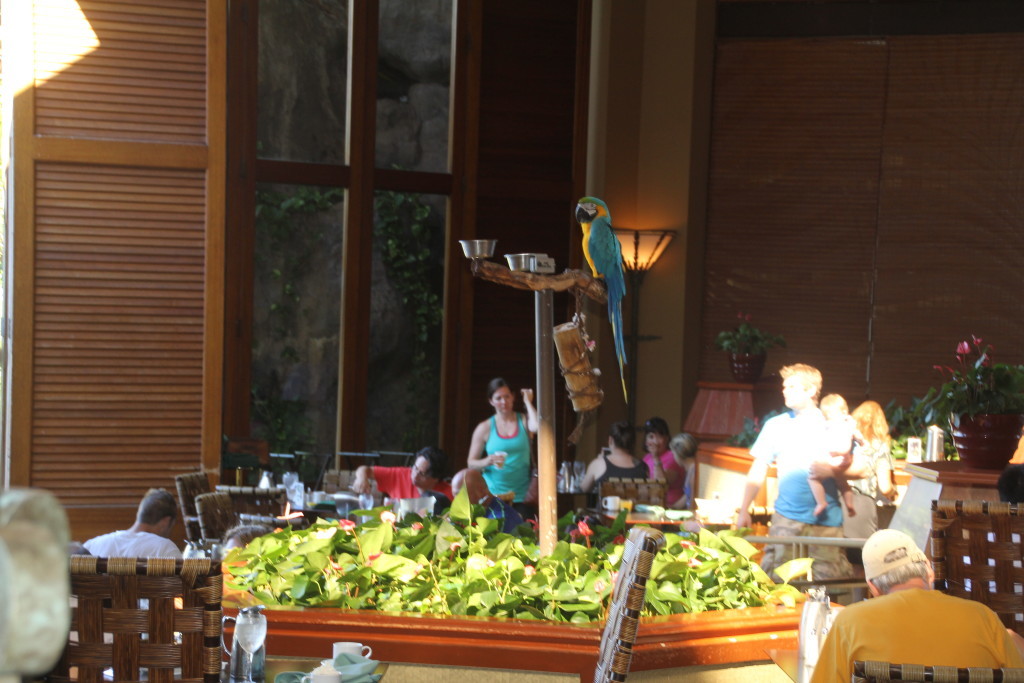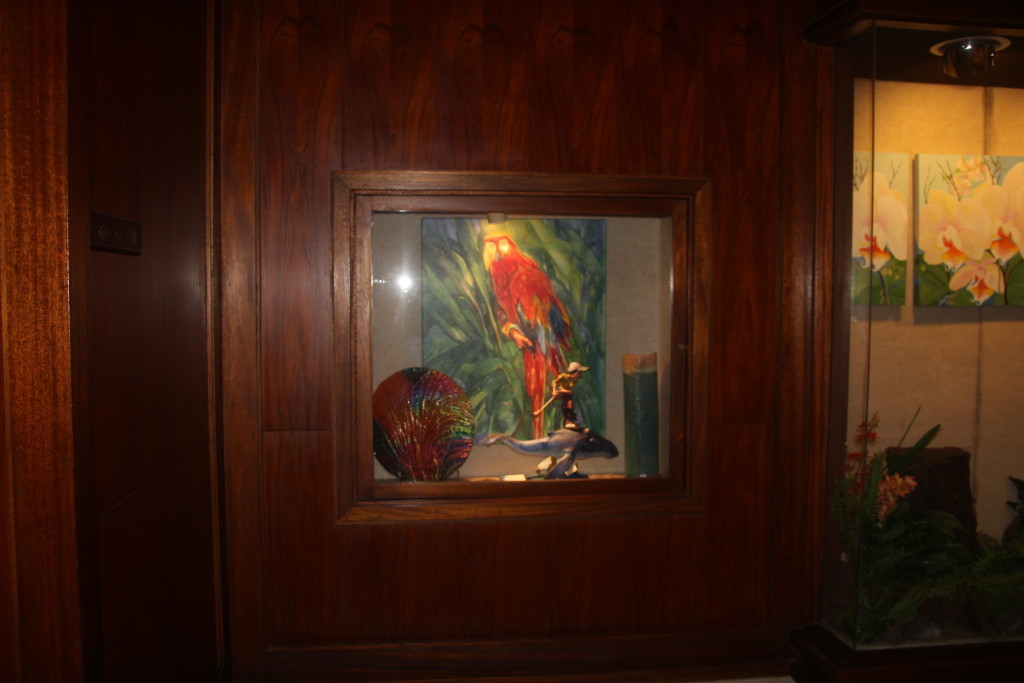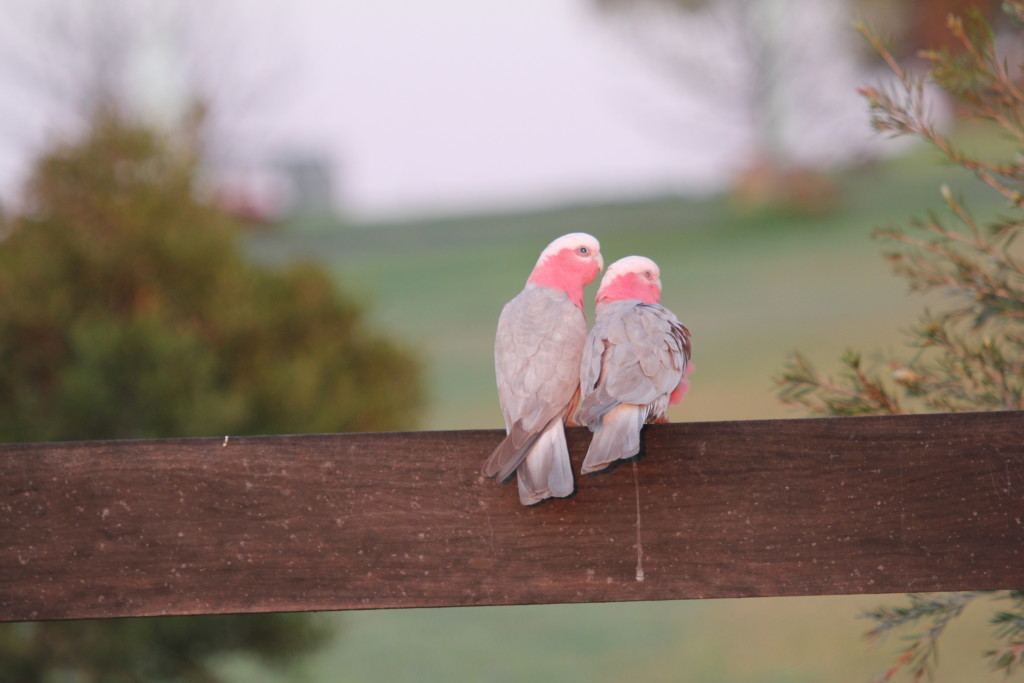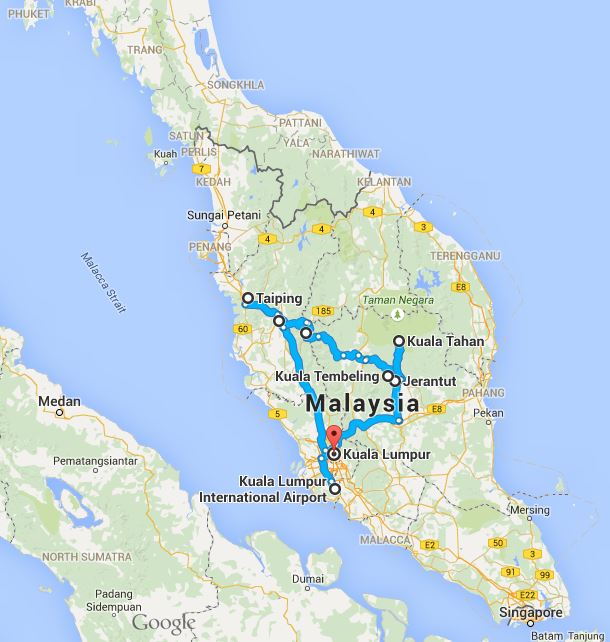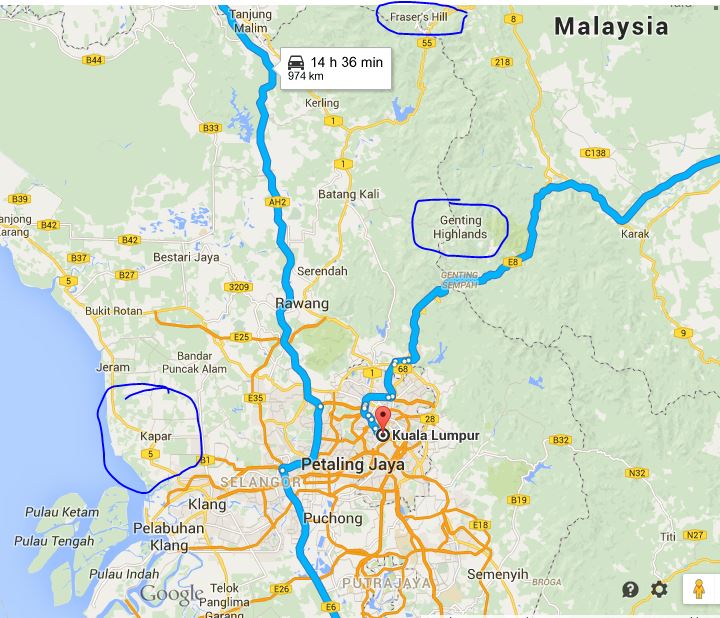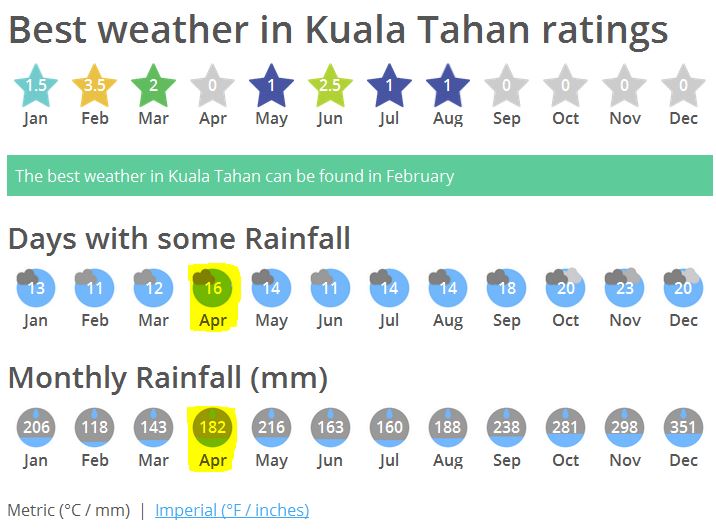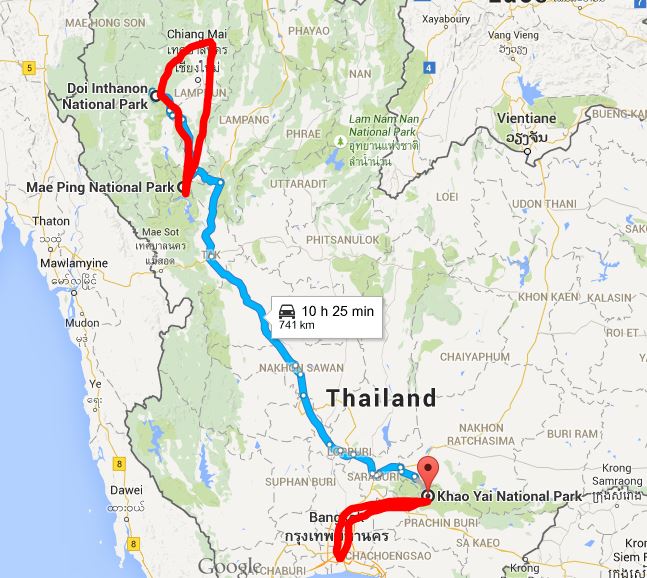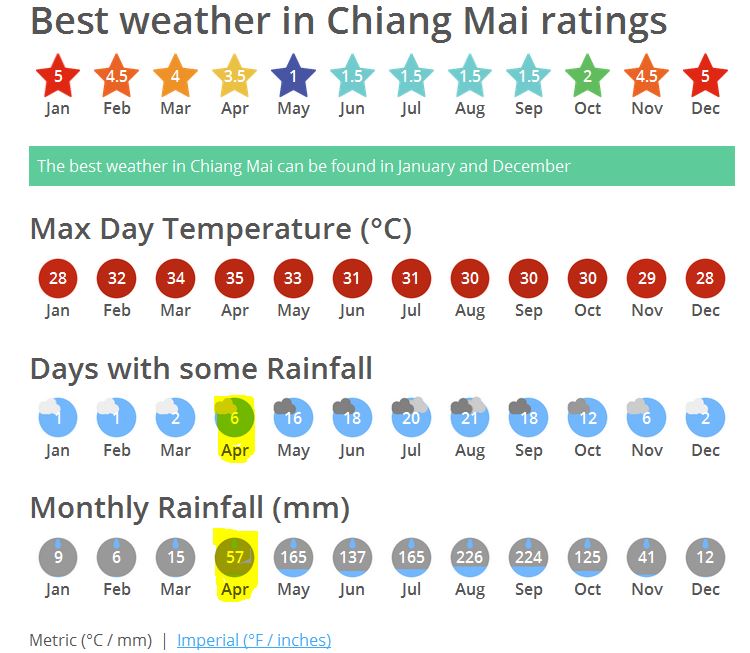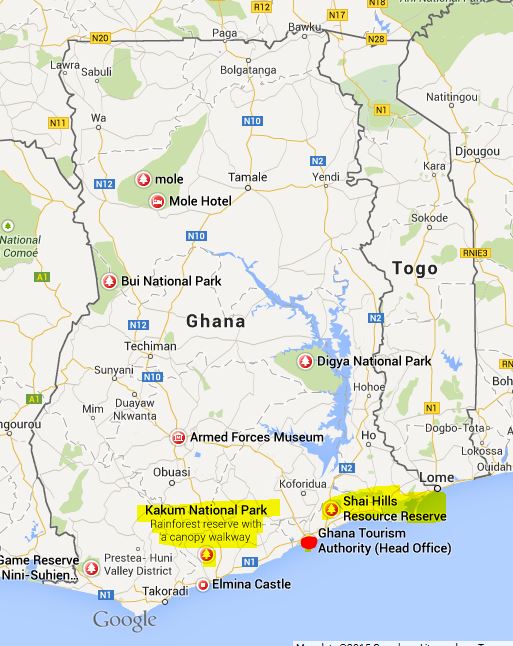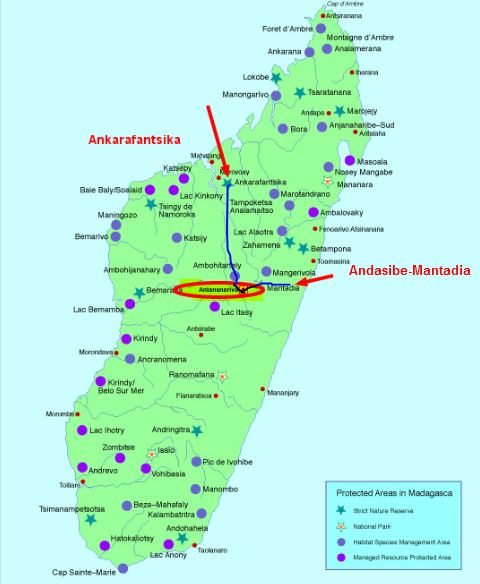2015 has been a relatively quiet travel year as planned and we did need to take a break and get some things done around the house. We have almost finished those projects so it’s time to look forward to an epic birding adventure around South America & the Caribbean!
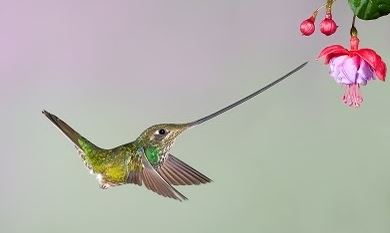
TRAVEL PLANS
After US Airways merged to American, I had enough miles to book the long haul parts of the Brisbane to Ecuador & return from the USA to BNE flights. The rest of the trip has been pieced together from random accounts. Unfortunately it is pretty much impossible to get J on either trans Pacific long haul and it’s not worth wasting miles on J for short haul flights so this trip will be all in economy albeit with carefully chosen seats! Top birds will be parrots (as usual), hummingbirds (love these little guys), quetzals, tanagers and anyone else who flies by!
Trip #1
Brisbane – Sydney – Santiago – Guayquil on Qantas & Lan. Planned birding in Cerro Blanco, then buses to Copalinga & Umbrellabird Lodge.
Guayaquil – San Cristobal, Galapagos – Quito. Birding on the island and surrounds. I had to get the LAN Visa card JUST for this ticket as I couldn’t get the seats otherwise and this is an expensive route! From Quito either rented car or public transport to the Tandayapa/Sacahtamia/Mindo area.
Quito – Coca, then we have a 3 night Napo Wildlife Centre package. Then we take buses to Wildsumaco, San Isidro & Guango Lodge before returning to Quito.
Quito – Bogota – Santa Marta. We overnight in Santa Marta at a hotel I got for free on Orbitz, then we have a few days in El Dorado & Minca for birding.
Santa Marta – Medellin (the last 3 flights using Lifemiles). Bus to Jardin to hopefully see Yellow-eared Parrots, then more buses to Manizales for Rio Blanco & Nevado for more birding.
Peireira – Bogota (cheapo Avianca flight), then day trip to Chingaza.
Bogota – Panama – Trinidad. Planned birding in Nariva Swamp, Yerette, Caroni, Aripo & Asa Wright.
Trinidad – St Lucia (nice 5th freedom award on BA). We’ll be looking for St Lucia Parrots and any other birds.
St Lucia – St Vincent – Dominica – San Juan. Chasing more endemic Amazon Parrots through the Caribbean if Liat doesn’t make us crazy first!
San Juan – USA (various award flights to visit family).
LAX – Brisbane on Qantas.

Trip #2
A quick fly-self drive trip to Darwin, Kakadu & Katherine Gorge area. I was going to use AA or BA for this but might just wait for a “happy hour” special deal to come along.

MILES AND POINTS GOALS
Last year, I had some very specific goals to save up for and I had a certain order I wanted to do the trips. However this past year has been a horror year for devaluations and Aussies now stand to lose our only method of collecting miles in the SPG partner programs which include AA, Flying Blue & Lan. I am somewhat shielded by being a dual citizen who can also get USA cards but that is pretty much over as I have already had all the cards in the programs I can use. All I can do is try to maximize 5x category bonuses to get as many miles as possible.
I think the next couple years, the major programs will sit tight and let the dust settle while they figure out what to do next with the programs. United’s major devaluation came into effect in early 2014 and I feel reasonably safe it won’t devalue again before the end of 2016. I don’t trust the current rates beyond 2017 though so I have decided to bring forward the “Godmother of All African Adventures” to 2017 replacing the Indonesia trip which can be done anytime using low-cost carriers such as Air Asia & Lion Air. I should have enough United, Virgin, Singapore & Flying Blue to book the flights we need by the middle of the year. I do need to concentrate on Ultimate Rewards, Thank You Points (for SQ) & Aussie Amex for Virgin so those cards get priority for spending.
American just devalued which takes effect March 2016. I had to readjust the miles needed for 2018 trips to Mexico, Bolivia & Venezuela and I will probably be going to Loro Parque solo. These trips will be booked in late 2017 and I don’t think AA will devalue again before that. AA will probably stay the same until late 2018 while they crunch numbers on the new program.

RE-PRIORITIZING GOALS
The end of loyalty programs as we know them is not quite here but it’s coming. The programs themselves won’t go away, they will just become less profitable for us to use. Already Australians can use low-cost carriers such as Air Asia to get to most of Asia for around the same cost as big airlines like Qantas & Singapore charge for the fuel surcharge on award tickets. There is still value in redeeming business class awards – that is if you can find one! If you read last year’s Goal Post, then you can see how my bucket list has changed slightly due to these devaluations and the lower Aussie dollar. That’s why I keep a bucket list & you should too in case you need to swap trips around. I have posts on how to do that HERE & HERE.
On my planned future trips, it is virtually impossible to get business class between Australia & South America. Africa is possible mostly in Ethiopian which doesn’t have lie-flat seats on these routes so I don’t think it’s worth it. So here is what I have to do.
Prioritize trips to places that would otherwise be very expensive without miles such as Africa & South America. These trips should be done as soon as the miles can be saved as they are vulnerable to devaluations. Meanwhile, slot in a short haul trip during years we don’t have enough miles.
- 2017 Africa (Namibia, Zambia, Ethiopia, Uganda) – 80% OK, still need some UA & SQ.
- 2018 South America (Mexico, Venezuela, Bolivia) & Loro Parque – Have miles ready
- TBD South America (Brazil) This trip is better for when AUD is low as we can avoid USD and use local currency.
- TBD South America (Peru & Chile) This trip requires a strong Aussie $ as birding packages are booked in USD.
Have a list of birding trips we can do using easy-to-get Velocity points or low-cost carriers. These are completely flexible as to order and wouldn’t have to be booked 11 months in advance as the others would be.
- Indonesia 1 (Sulawesi, Talaud & Halmahera)
- Indonesia 2 (Seram, Buru, Tanimbar & Bali)
- Philippines
- Pacific Islands (Rarotonga, Fiji, Samoa). This one targeted for 2019, best done with Velocity & Qantas with any spare AA for Fiji flights.
- Pacific Islands (Solomons, Vanuatu & New Caledonia)
- Papua New Guinea (might have to book an organized tour for safety).
- New Zealand
- Norfolk Island
Continue doing domestic Australian trips every year using “happy hour” deals, miles we don’t need for long hauls or road trips.
- Darwin, Kakadu, Katherine
- Uluru & Red Centre
- Adelaide & Kangaroo Island
- Gluepot, South Australia
- Other NSW & Victoria TBD.
- More Outback Queensland
CREDIT CARD GOALS
Last year I had to cancel a few cards due to annual fees and to free up “slots” to improve my chances for instant approvals. Goodbye to Amex SPG, Chase Sapphire, Citi AAdvantage, Club Carlson & Lifemiles Visa. On a mini app-o-rama I said Hello to United Explorer (2nd time), Lan Visa (only way to get to Galapagos) & Citi Thank You Premier (For Flying Blue, Singapore, Qantas, Etihad & 3x on travel purchases.
This year I am not sure if I can get any more USA based cards considering all the cancelled cards plus I have 2 more on the chopping block. I’d like to have the British Airways Visa again to get a nice stash of BA and a United business card but I don’t want to push Chase too far. I do plan to maximize the 5x categories on the Ink & 3x on the Citi TYP.
We may go for some Aussie cards if the opportunity comes up.

BLOG GOALS
I am finally all caught up on blogging trips we did since I started this blog in Nov 2012. Of course we did lots of travel before that so I will be catching up on historical birding trips with current information on how to do them. I also plan to merge Feathered and Free to this platform but before I can do that, I need to transfer over the historical travel posts.
First up for January – tomorrow – the fabulous Pantanal of Brazil!
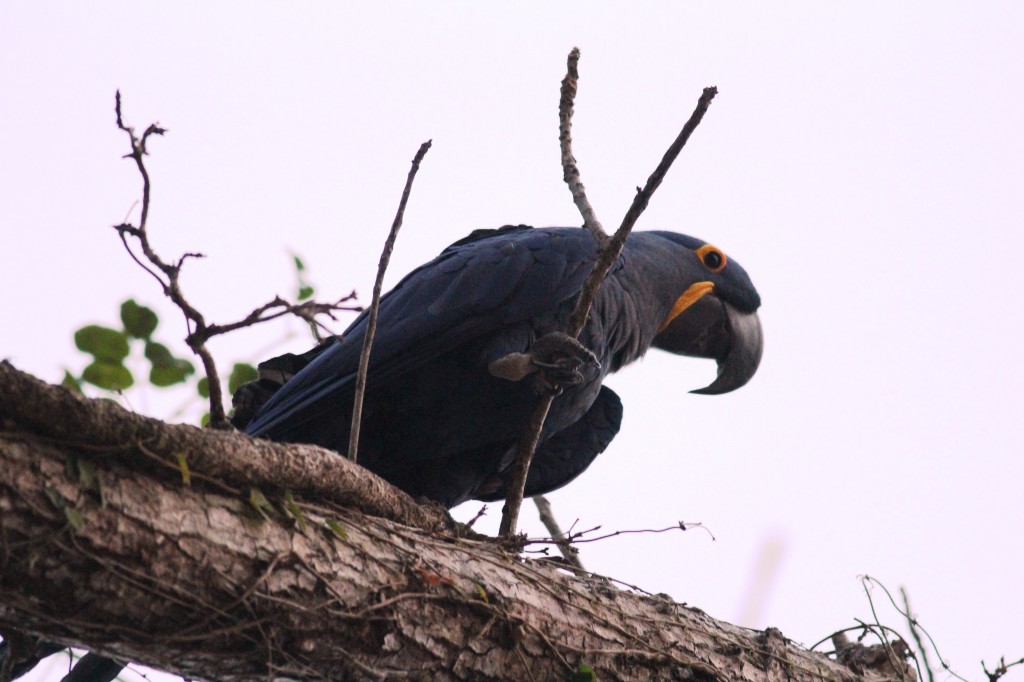
Hyacinth Macaw (Anodorhyncus hyacinthius)







